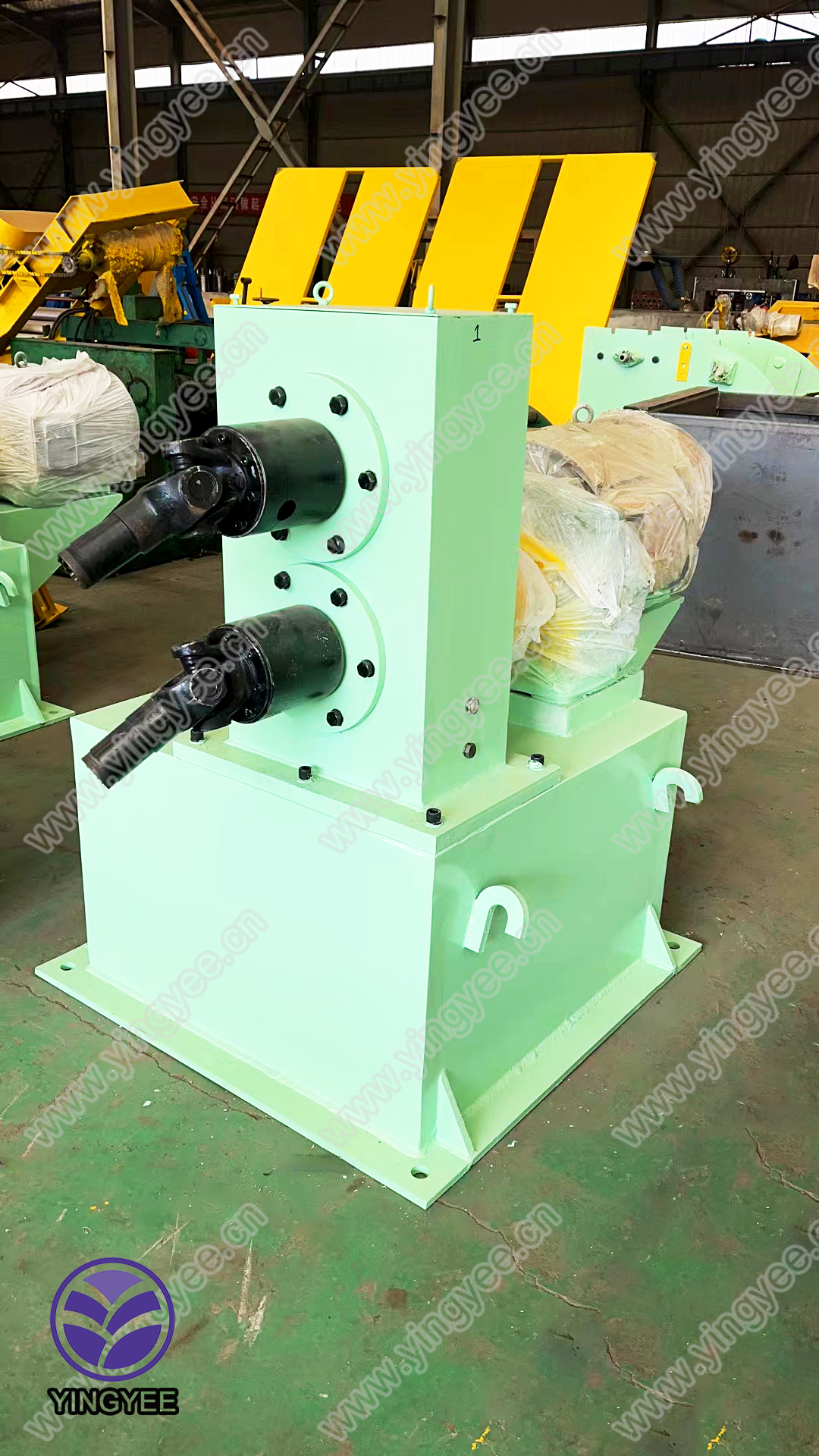
The Ceiling Bar Roll Forming Machine An Overview
In the modern manufacturing landscape, the efficiency and precision of production processes are paramount. One such innovation that has transformed the construction and manufacturing sectors is the ceiling bar roll forming machine. This advanced piece of equipment is instrumental in creating the essential components used in various ceiling systems, providing both structural integrity and aesthetic appeal.
What is a Ceiling Bar Roll Forming Machine?
A ceiling bar roll forming machine is a specialized piece of machinery designed to produce ceiling bars from metal coils. These bars serve as critical elements in suspended ceiling systems, lightweight interior frameworks, and various decorative applications. The machine works by continuously feeding a flat metal strip through a series of rollers that gradually shape it into the desired profile and dimensions.
How Does It Work?
The process begins with the feeding of metal coils—usually aluminum or galvanized steel—into the machine. These coils are unrolled and then passed through a series of rollers, each designed to achieve a specific curvature or angle. As the strip moves through the machine, it undergoes several stages of bending and forming, resulting in a finished product that meets required specifications.
Once the desired profile is achieved, the ceiling bars can be cut to length. Advanced models of roll forming machines come equipped with automated cutting systems that ensure precision and speed, reducing waste and increasing efficiency. The entire process is often automated, allowing for high-volume production with minimal manual intervention.
Benefits of Using Ceiling Bar Roll Forming Machines

1. Efficiency These machines significantly increase the production rate of ceiling bars compared to traditional manufacturing methods. They can produce thousands of linear meters of ceiling bars in a single day.
2. Precision With computer-controlled machinery, manufacturers can achieve high levels of accuracy. This precision ensures that the ceiling bars fit perfectly during installation, reducing the need for adjustments and additional labor.
3. Customization Ceiling bar roll forming machines can be easily adjusted to create various profiles and sizes. This flexibility allows manufacturers to cater to specific client needs, producing bespoke solutions for different architectural designs.
4. Reduced Waste Continuous production and automated processes minimize scrap material, making it a more environmentally friendly option. Efficient use of raw materials translates to cost savings for manufacturers.
5. Durability Products created using roll forming technology are known for their strength and durability. The use of high-quality materials ensures that the finished ceiling bars can withstand various environmental stresses, making them ideal for both indoor and outdoor applications.
Applications in the Market
The applications for ceiling bars produced by roll forming machines are extensive. They are used in commercial buildings, residential construction, and even in art installations. The versatility of these bars allows them to be employed in various ceiling frameworks, lighting fixtures, and as structural elements in modular designs.
In conclusion, the ceiling bar roll forming machine represents a significant advancement in manufacturing technology. By combining efficiency, precision, and customization, these machines are reshaping the construction landscape, enabling builders to create innovative and sustainable designs. As the industry continues to evolve, the role of these machines will undoubtedly expand, supporting the demand for quality and durability in building materials.